HOW TO USE AI LEGALLY? GUIDELINES FOR ARTISTS.
Do you believe AI or neural networks can become not just an artist’s tool but an autonomous creator? Is it legal for the neural network to learn from artworks created by humans without paying an author fee? Who will claim copyright for an AI-generated work? This and more are in today’s piece.
 Source: Designed by D&A Partners ©
Source: Designed by D&A Partners ©Neural networks were a true discovery in 2022. The Internet was flooded with pictures generated by artificial intelligence, and users experimented with the most fantastic requests.
In 2022, artist Jason Allen presented a painting created by artificial intelligence at a fine art competition in Colorado. Mr. Allen’s work, Spatial Theater, won first place in a competition for emerging digital artists, becoming one of the first works created by artificial intelligence to win such a prize and provoking harsh criticism from artists who accused him of cheating.
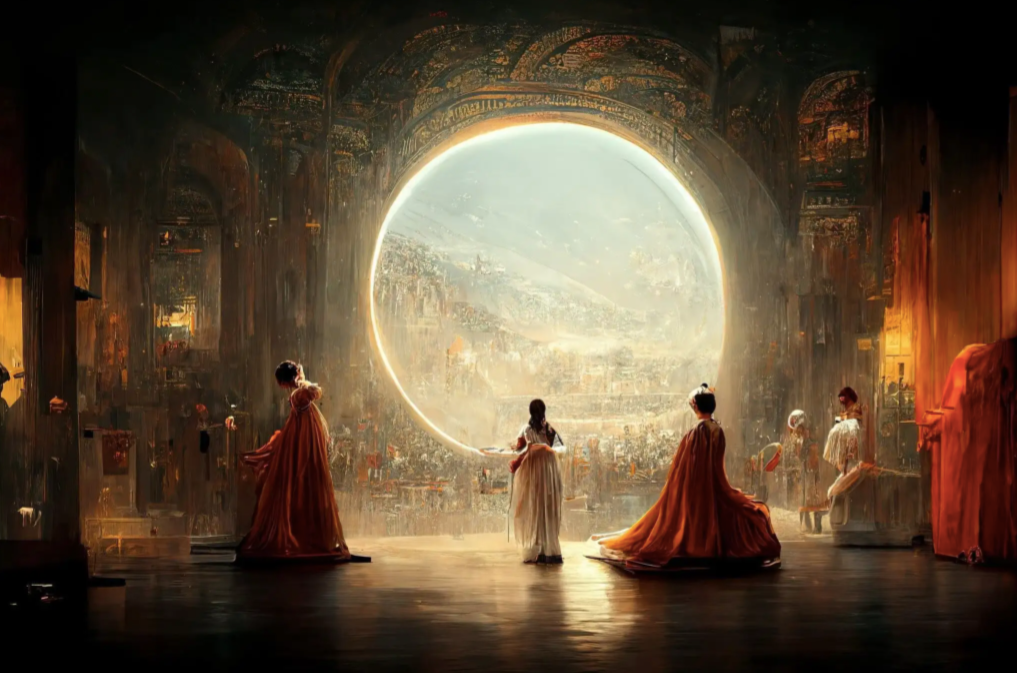 The AI-generated artwork was entered by Jason M. Allen into the Colorado State Fair, Théâtre D’opéra Spatial. Source: nytimes.com
The AI-generated artwork was entered by Jason M. Allen into the Colorado State Fair, Théâtre D’opéra Spatial. Source: nytimes.comThis event caused severe concern throughout the creative community:
- In heated discussions, artists claimed neural networks would soon replace them.
- Creators were concerned that artificial intelligence systems were being trained on a massive number of works without their creators' consent and compensation.
- What do artists claim in the first lawsuit against the neural network?
- Can AI be an IP owner and be liable for copyright infringement?
- Who are the potential AI victims?
- Can you protect your AI-generated work with copyright?
- What are the main tips for using neural networks?
On November 3, 2022, the first lawsuit was filed against neural network companies:
- The Law firm Joseph Saveri and Matthew Butterick filed the lawsuit in the U.S. District Court for the Northern District of California on behalf of a group of artists.
- The plaintiffs seek damages from Stability AI, DeviantArt, and Midjourney, which use Stable Diffusion software.
What laws did the companies violate, according to the plaintiffs?
The lawsuit states that the companies directly violated copyright, the Digital Millennium Copyright Act (DMCA), and California’s competition law provisions.
The plaintiffs claim copyright infringement:
- Stable Diffusion is an AI-based program released in August 2022. It contains unauthorized copies of billions of copyrighted images (which it learns from). These copies were made without the artists’ knowledge or consent.
- Stable Diffusion also uses copyrighted images to create seemingly new paintings.
- These “new” creations are based entirely on copyrighted images and are derived from them.
The plaintiffs claim unfair competition:
- The images created by the neural network compete in the marketplace with the originals.
- Until now, to get an image in the style of a particular artist, the buyer paid for an order or a license to the original.
- Now, buyers can use artists’ works in Stable Diffusion without compensating the creators.
- Paintings created by neural networks in the style of specific artists are already being sold online, taking away the royalties from the artists themselves.
Amount of claims
Supposing the nominal damage is $1 per image, the total loss, according to the plaintiffs’ calculations, reaches $5 billion. It's a pretty impressive amount!
What are the potential consequences?
The plaintiffs believe that if neural networks are allowed to work as they do now, they will replace artists. The plaintiffs also seek injunctive relief against the disputed technology to prevent future damages. AI products must follow the same rules as any technology using intellectual property.
SO, CAN AI BE AN IP OWNER AND BE LIABLE FOR COPYRIGHT INFRINGEMENT?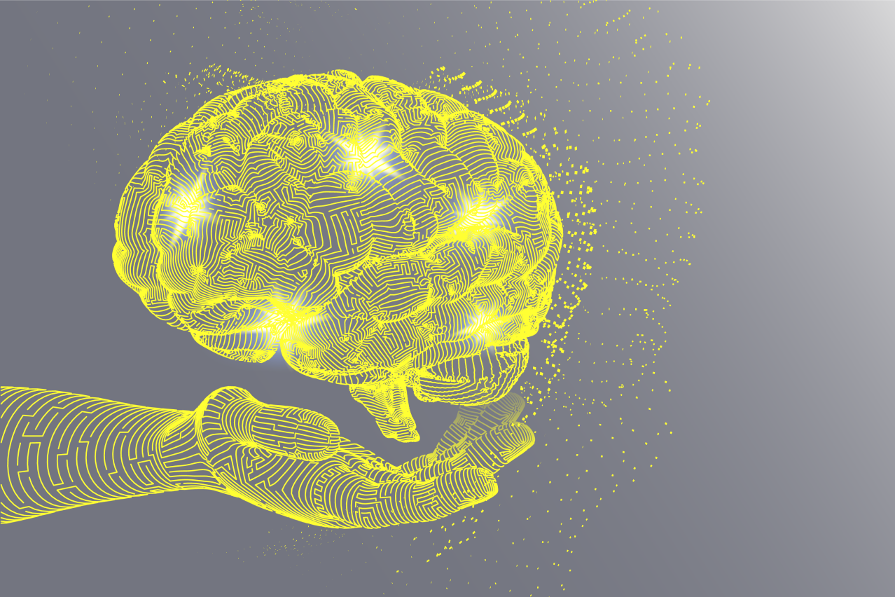 Source: Designed by D&A Partners ©
Source: Designed by D&A Partners ©To answer this question, let’s first find out what copyright is and how it can be infringed.
Understanding copyright
Copyright has three major aspects:
- The originality of the work.
- Creativity.
- Fixation of the work.
Works are original when a human author independently creates them and has a minimal degree of creativity. Independent creation means that you make it yourself without copying.
Copyright protects expression, never ideas, procedures, methods, systems, processes, concepts, principles, or discoveries. A work is fixed when captured in a medium that can be perceived, reproduced, or communicated for more than a short time.
Unauthorized reproduction, sale of copies, and public display of a work without the creator’s permission violate copyright laws.
Therefore, if a human being creates something that:
- has originality and creativity in it;
- is written down, fixed with the computer code on the website or cut in stone,
this human being would be a creator and owner of the copyright.
May AI be an IP owner?
In Naruto v. Slater, the “monkey selfie copyright case”, PETA claimed copyright on selfies taken by Celebes’ crested macaque using equipment belonging to the British nature photographer David Slater.
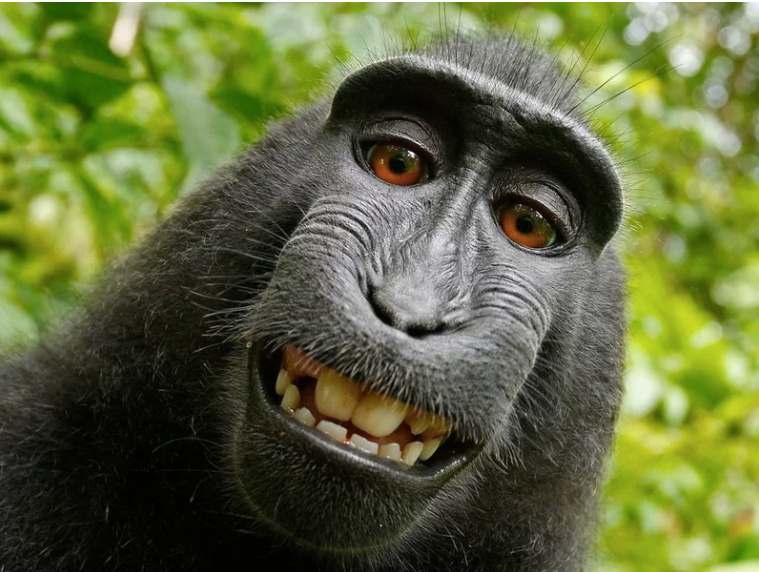 Naruto’s Selfie. Source: npr.org
Naruto’s Selfie. Source: npr.orgThe federal appellate court ruled that monkeys don’t have standing under the Copyright Act to bring such a case, even with PETA acting as “next friend.”
There still needed to be cases where AI was brought to court or claimed its copyright. From the Naruto case, we can distinguish that any non-human plaintiff would not have standing in the U.S. courts. Consequently, more than AI would be necessary as a plaintiff.
However, the concept of tech-created art has been introduced previously. It has been brought to the court’s attention since the photograph’s invention.
Thus, considering whether an organizer of a photo shoot producer can be a rightful copyright owner of the work, the Supreme Court of the United States concluded the following:
“The author is the person who effectively is as near as he can be the cause of the picture which is produced; that is, the person who has superintended the arrangement, who has formed the picture by putting the persons in position and arranging the place where the people are to be — the man who is the effective cause of that.” — Burrow-Giles Lithographic Company v. Sarony.U.S. case law confirms that copyright can only belong to a person:
- AI cannot be a subject of copyright.
- The copyright holders of the results of AI work are the developers or users who submit the request.
This approach is also reflected in the “Terms of Service” (ToS) of the leading projects. As an example, we can see the following clause in OpenAI ToS:
Under OpenAI’s Terms of Service, the user entering the request has rights to the final image. The user should be concerned about whether they are violating the author’s rights by getting and using the AI-generated image. — OpenAI ToS.Can AI be liable for copyright infringement?
It’s hard to answer this question right now, and there is no precedent yet.
However, based on our analysis, AI would likely be neither a copyright owner nor a copyright infringer. However, the owner of the AI-based algorithm or its user is likely liable in case of copyright infringement.
“VICTIMS” OF AI
As technology evolves, so do the methods used to deceive “victims.” This can already be seen in artificial intelligence's rapid development and refinement to create unique images.
For instance, when I ask the AI to combine the works of Damien Hirst and Yayoi Kusama, I may be asking for an infringement of both artists’ rights. Both artists are alive and successful in the market. AI would likely compose “output” that infringes both artists’ rights. Should the creator of this derivative decide to profit from it, such an infringement would be willful. Thus, the artists would more than likely be entitled to compensation.
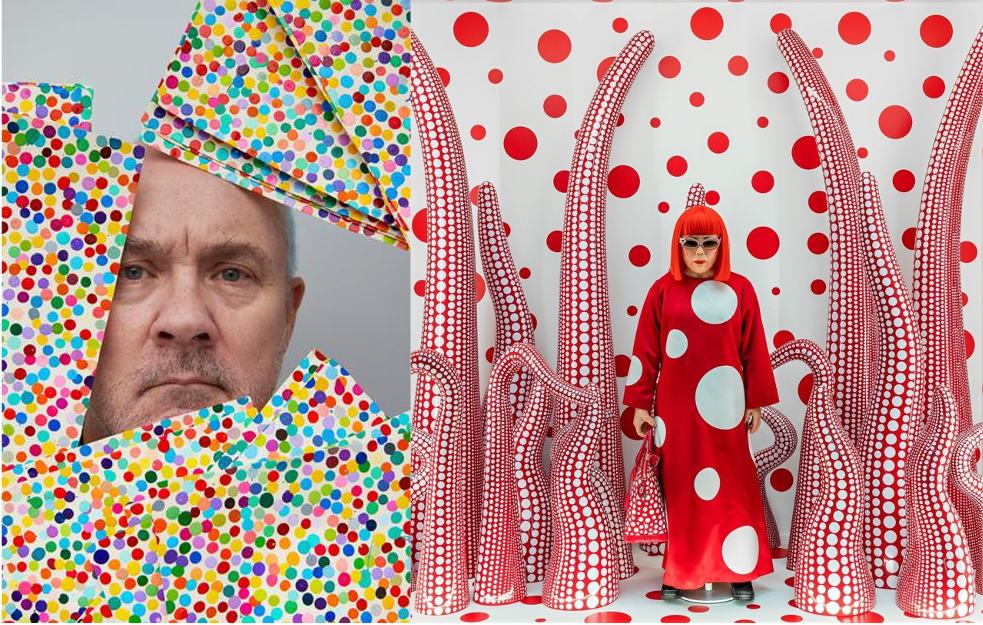 Damien Hirst with works from “The Currency.” Source: news.artnet.com; Yayoi Kusama — Louis Vuitton Window Display. Source: designlandnyc.com
Damien Hirst with works from “The Currency.” Source: news.artnet.com; Yayoi Kusama — Louis Vuitton Window Display. Source: designlandnyc.comAnother example is when I ask the AI to create an artwork in the style of The Starry Night, the famous work of Vincent van Gogh.
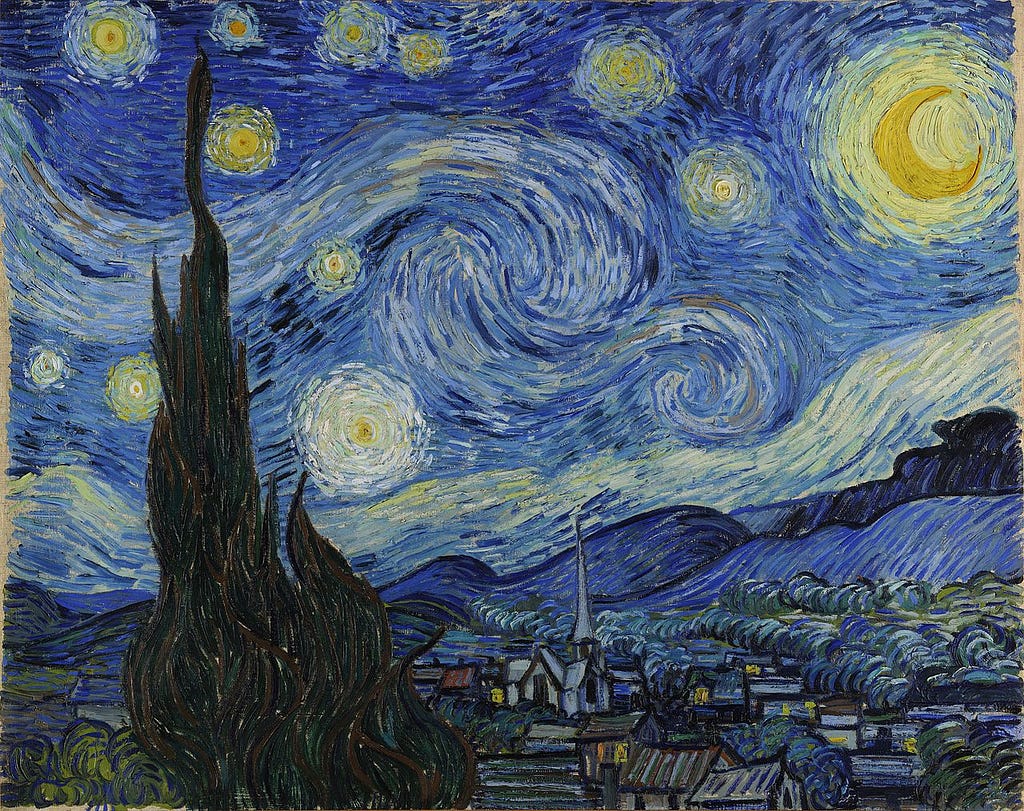 Vincent van Gogh, The Starry Night -Saint Rémy, June 1889. Source: vangoghgallery.com
Vincent van Gogh, The Starry Night -Saint Rémy, June 1889. Source: vangoghgallery.comWell, van Gogh died more than 70 years ago. Therefore, he won’t be able to file an infringement claim.
CAN YOU PROTECT YOUR AI-GENERATED WORK WITH COPYRIGHT?
The courts in copyright infringement claims would likely follow the same logic as we stated above.
First, they would run the three-step copyright test:
- Originality.
- Creativity.
- Expression.
If all three criteria are met, AI-generated artwork is copyrightable.
However, in the second step, the courts would analyze who is the rightful owner of the copyrighted work:
- Do the creators of the AI make it so that it is stilling the art from the protected database?
- Is the technology merely a tool in the hands of its user?
- What are the terms of use in a particular AI case? Etc.
So, if your AI-generated work is original, has a minimal degree of creativity, and has a minimal form of expression, you can protect the work with copyright.
To answer the question if you are the legal owner, you need to prove the fact of your own creation: neither you nor the AI-based algorithm infringed others’ IP during the creation process.
In the third step, you need to check how the terms of use stipulate the future owner of AI-generated work.
THE TIPS FOR USING NEURAL NETWORKS
Neural networks are a new phenomenon. Legal uncertainties in this field are yet to be overcome.
However, we can already give two crucial recommendations on the use of neural networks:
- If you want to create a work using AI, don’t use the artist’s name or work, which is still under copyright protection.
- Read the terms of service and license agreements carefully. These documents have legal restrictions on works generated by the AI.
 Yuriy Brisov
Yuriy Brisov Catherine SmirnovaThis article was written by Yuriy Brisov & Catherine Smirnova of Digital & Analogue Partners. Visit dna.partners to learn more about our team and the services.Be digital, be analogue, be with us!
Catherine SmirnovaThis article was written by Yuriy Brisov & Catherine Smirnova of Digital & Analogue Partners. Visit dna.partners to learn more about our team and the services.Be digital, be analogue, be with us!HOW TO USE AI LEGALLY? GUIDELINES FOR ARTISTS. was originally published in Coinmonks on Medium, where people are continuing the conversation by highlighting and responding to this story.
